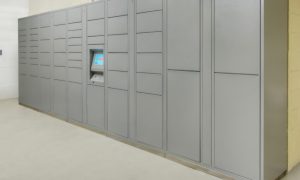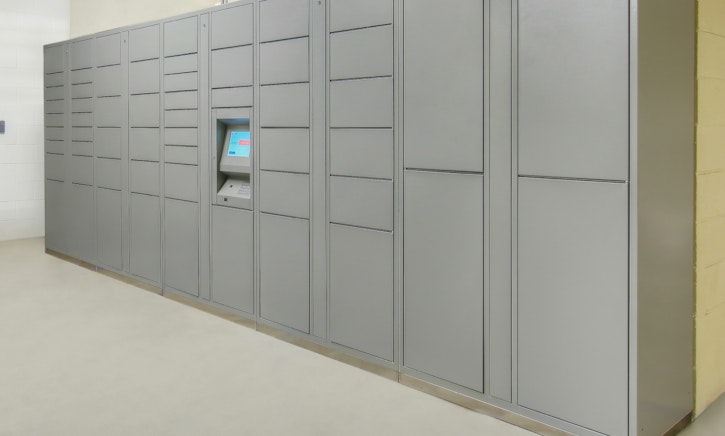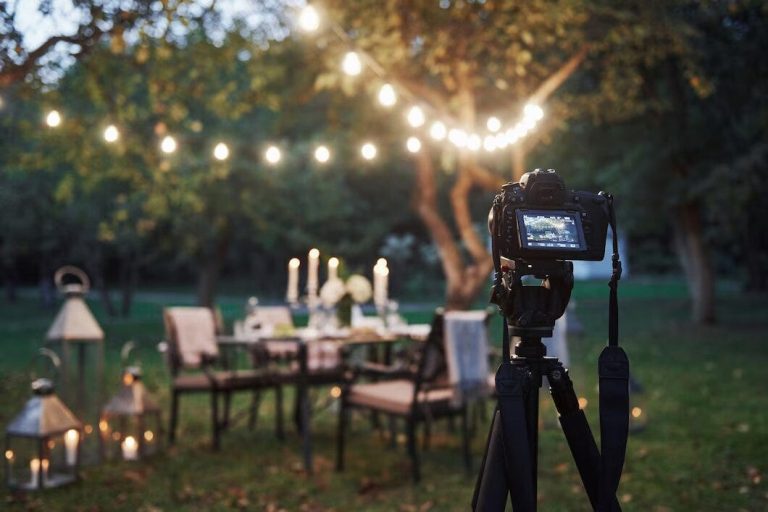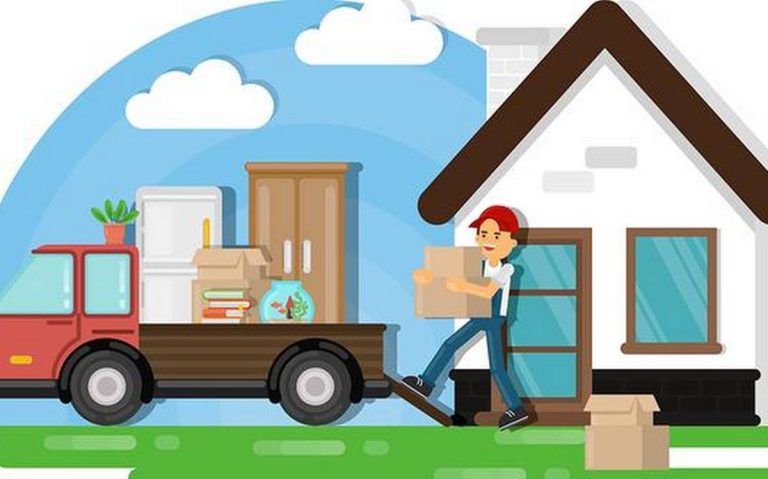Like mortgage insurance or health insurance, while no one needs an earthquake or an injured leg, be ready. Experts advised two professionals trained in art insurance, and they both had harrowing stories to tell. Things like pencils passing artwork and red wine glasses flying over materials. Strangely, for each situation, the art collector went to the insurance company after the occurrence in search of a master of reconstruction and art insurance inclusion. The problem with having an artistic creation insured after a pencil rips an opening through it is that one won’t receive a penny refund for the recovery or lost value of the piece.
What are the most common claims?
The best-known cases between Fleischer and Edwards are theft, theft, and damage to art along the way. In case one is moving or advancing part of the collection to historic centers or multiple locations, make sure the art insurance dealer knows and is part of this cycle. If the advance is global, be aware that insurance strategies vary from country to country.

What is the first step to insuring my art collection?
The initial step in insure your art collection is to gather the provenance, or all the essential documentation to demonstrate that the work done by the art is this and what it’s worth now. These records incorporate verification of ownership, offer notes, provenance, a replacement gauge, photos, and the latest exam. One can store these records in the Artwork Archive profile to keep things coordinated and effectively open in the cloud. The recurrence with which one should update the valuation reports is likely for each organization’s assurance reasoning.
How often do I need to schedule an assessment?
Fleischer proposes taking an updated exam once a year, while Edwards recommends every three to five years. There is no off-base answer and the recurrence of the evaluation is strongly subject to the age and model of the piece. These are the questions one can ask the insurance agent. While this can sometimes be as simple as submitting requests, one usually needs an up-to-date amount for the past two years. If one is planning an updated assessment, please indicate that it is for insurance purposes. This will give one the most up-to-date market value of the piece.





















